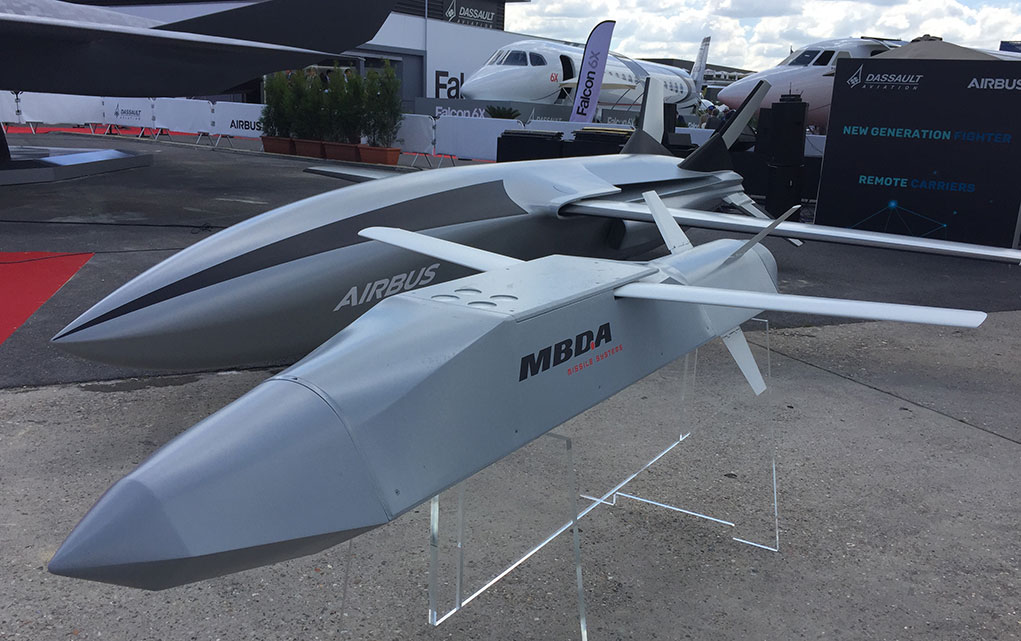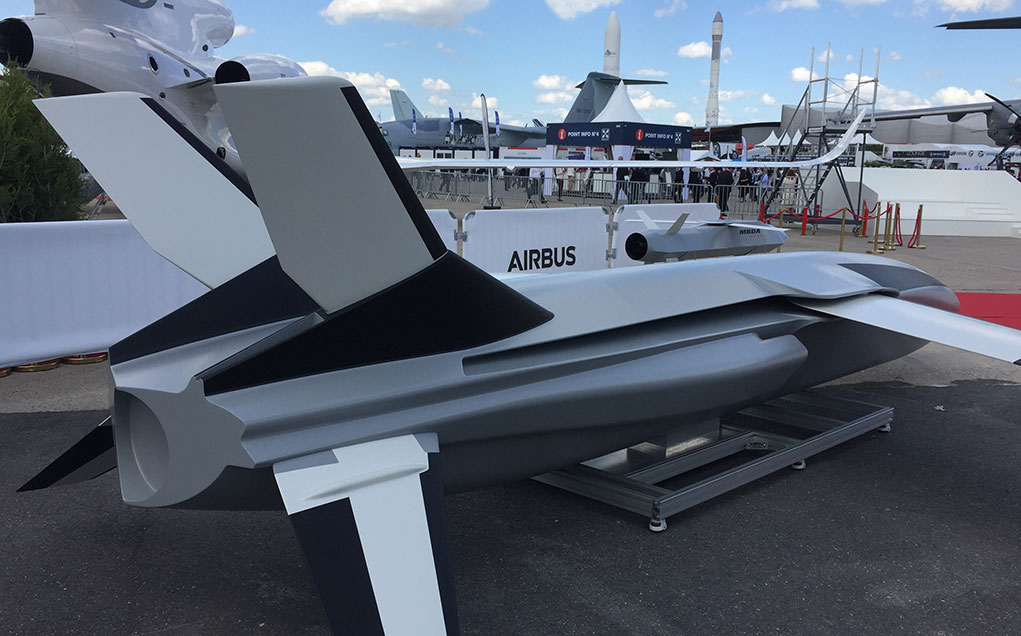MBDA provided today a fresh vision of future air warfare. A range of future weapons presented by the company at Paris Air Show 2019, to illustrate the weapons that the Franco-German Next Generation Fighter (NGF) or as it has been known until now – Future Combat Air System (FCAS) and Britain’s Tempest would carry by 2030-2040. According to MBDA, these concepts form a coherent set of capabilities for Future Air System projects. The new concept bears some similarities to the current US programs such as the Gremlins and Loyal Wingman, other elements rely on existing MBDA designs, such as SPEAR 3 and Meteor which will be fielded in the early 2020s.
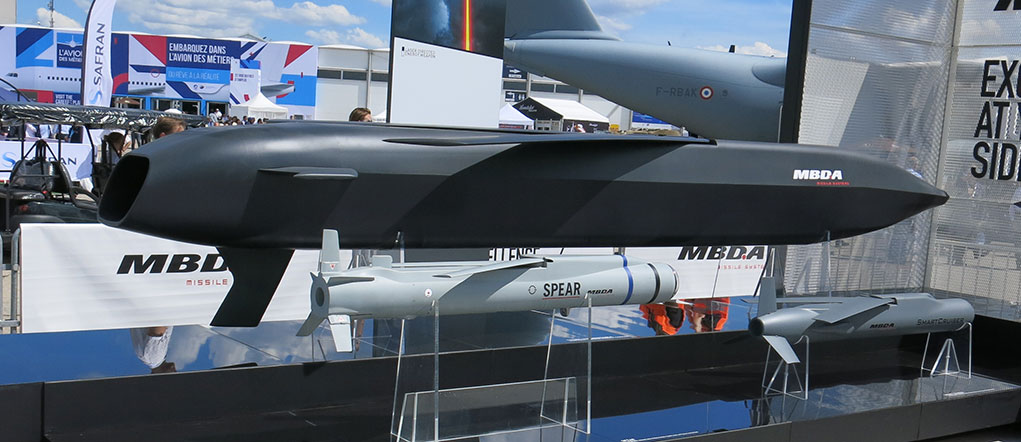
The new concepts cover key domains of future air warfare including:
Deep Strike: MBDA’s concept for future deep strike features two types of cruise missiles (depicted in the dramatic artist rendering showing above) that will be optimized to penetrate and open breaches in advanced and cohesive modern Anti-Access Area Denial (A2AD) deployments. Such cruise missiles feature stealthy subsonic designs and supersonic strike missiles.
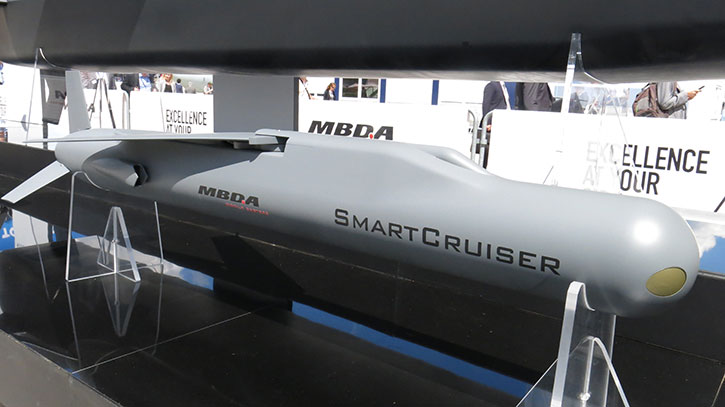

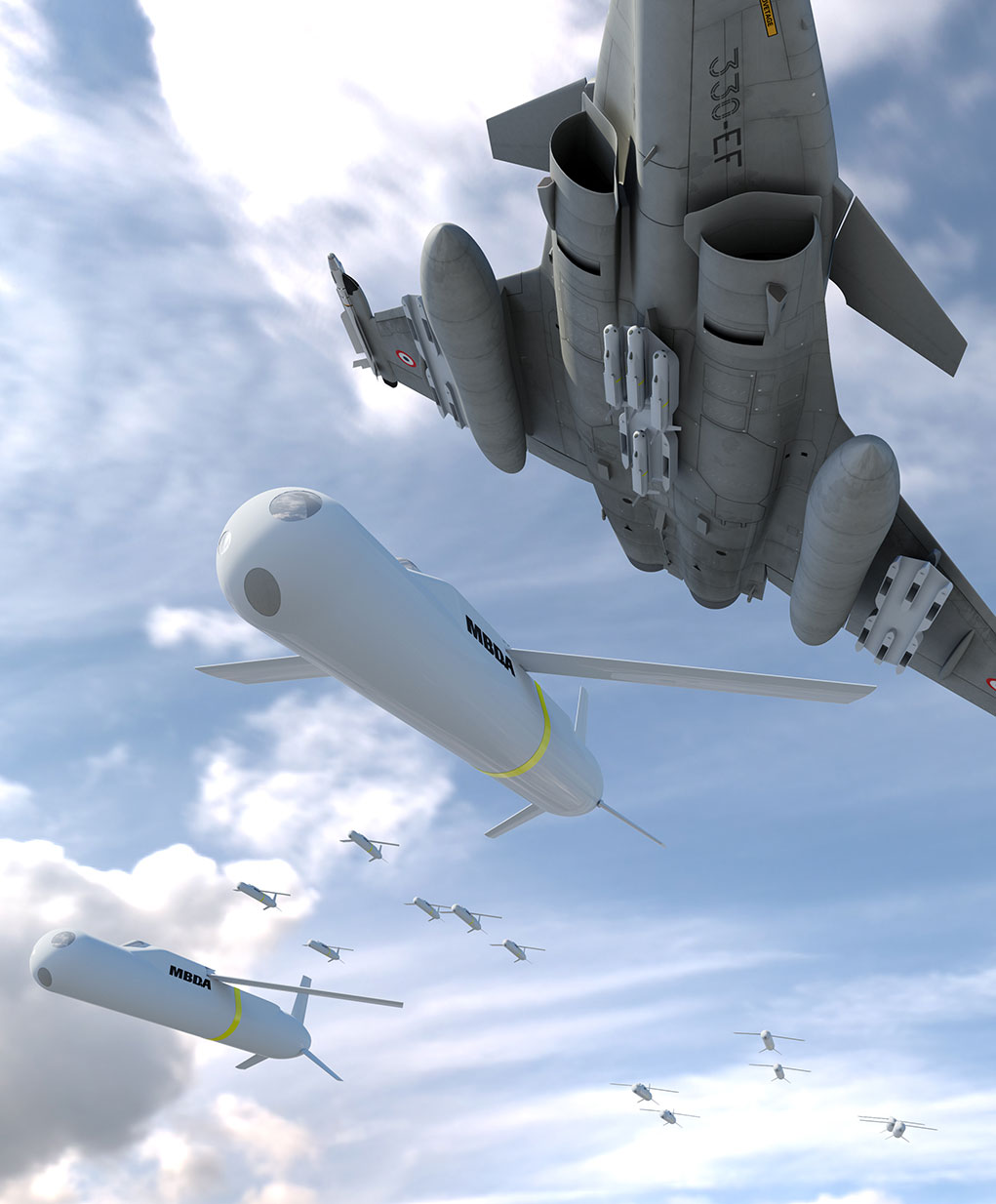
Tactical Strike: extending the range of weapons beyond the reach of adversary short and medium-range air defense systems, compact weapons based on precision-guided powered and unpowered (gliding) weapons will be able to deliver precision strike from stand-off range, delivering precision effects but also able to saturate enemy defenses thanks to pack or swarm behaviors, relying on networking and collaboration between smart and affordable strike weapons.
Two years ago MBDA unveiled a similar compact weapon called ‘SmartGlider’ and SmartCruiser. Two versions were described – a light weapon, 2 meters long that weighs 120 kg. and a heavy version, at a weight of 1,300 kg. The SmartGlider would be able to carry a 1,000 kg to deal with large and hardened infrastructures. With a loadout of 12 to 18 SmartGlider Lights per aircraft, thanks to a Hexabomb Smart Launcher (HSL) capable of managing reactive strikes without affecting the pilot’s workload. As such, the SmartGlider Light will allow first-day-entry by saturating and destroying enemy air defenses.
The illustration above shows a ‘SmartCruiser’ similar to the SmartGlider design, with a miniature turbojet emplaced at the rear. The strike weapons unveiled today are different from the heavy variant of the SmartGliger (shown in the illustration below) since the current approach favors strike weapons with a more stealthy design.
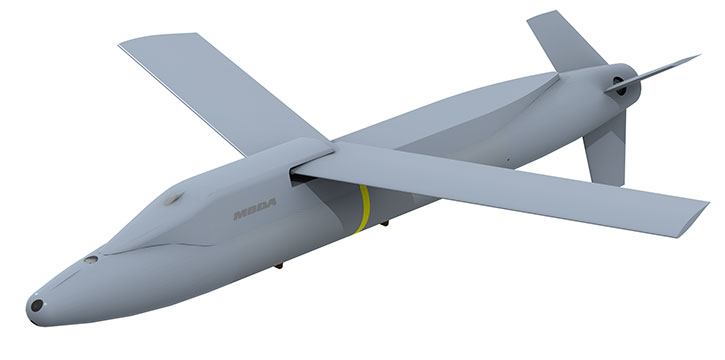
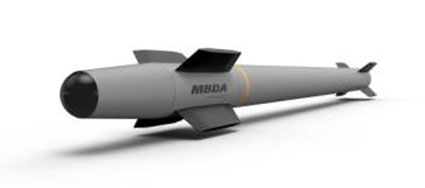
The Meteor long-range Air-to-Air missile will remain a powerful asset for next-generation fighter aircraft, but the increasing sophistication and performance of missiles is likely to challenge existing self-protection means, based on electronic warfare and decoys. MBDA considers adding a hard-kill anti-missile system, to counter incoming missiles, particularly ‘stand-in’ combat when soft-kill counter-measures and decoys are no longer sufficient. Such a system is able to reverse the balance of power against saturating defenses.
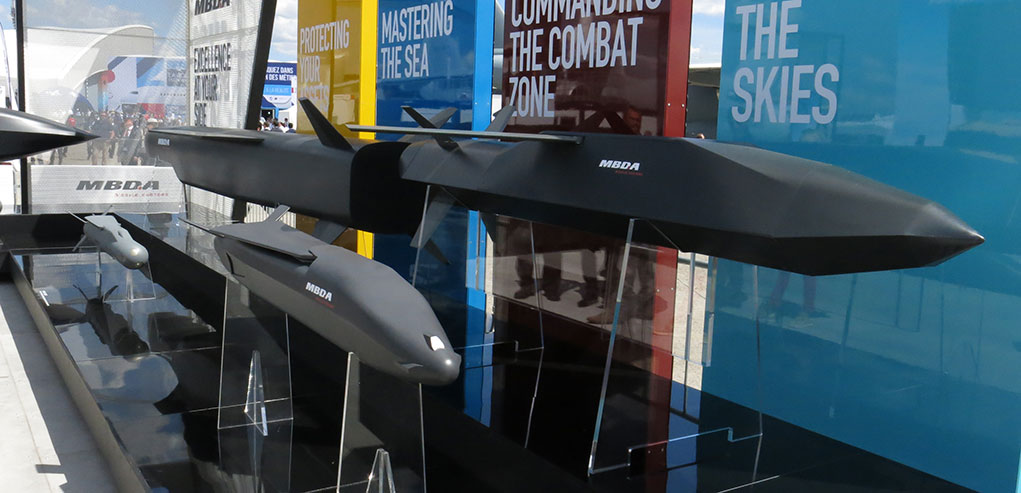

A new category of weapon is ‘Remote Carriers’, various air-launched autonomous platforms that deliver multiple effects, whether lethal or non-lethal, as well as new services for munitions such as intelligence, targeting, and deception of enemy sensors. Two categories are considered, of weight classes of 120 and 240 kg. Such remote carriers would function as baits and decoys, carry additional weapons ahead of the manned aircraft and closer to heavily defended targets, collect ISR or establish communications nodes.
Unlike today’s massive weapons weighing several tons, MBDA plans these future weapons to be compact airframes, enabling large loadout on current and future aircraft. These missiles will share connectivity infrared and radio frequency sensors, performing data fusion and artificial intelligence for automated target identification in complex environments, threat detection, complex engagements planning, and decision aids will enable the weapons to pursue an attack with or without humans in the loop.
“We are ready to take on the challenge to deliver to our domestic nations the full sovereignty of their future air combat systems by taking part in the definition and development of the armaments that these systems will operate.” Éric Béranger, CEO of MBDA, stated. Eying the successful development and deployment of the Meteor Air/Air missile, Béranger said he is confident MBDA will be equally able to develop the next weapons that will ensure European nations can sustain their air superiority in the long term.
Airbus has also developed a heavy variant of the ‘Remote Carrier’, designed for external carriage. This weapon was unveiled today at the Paris Airshow with the Future Air Combat System (FCAS).
